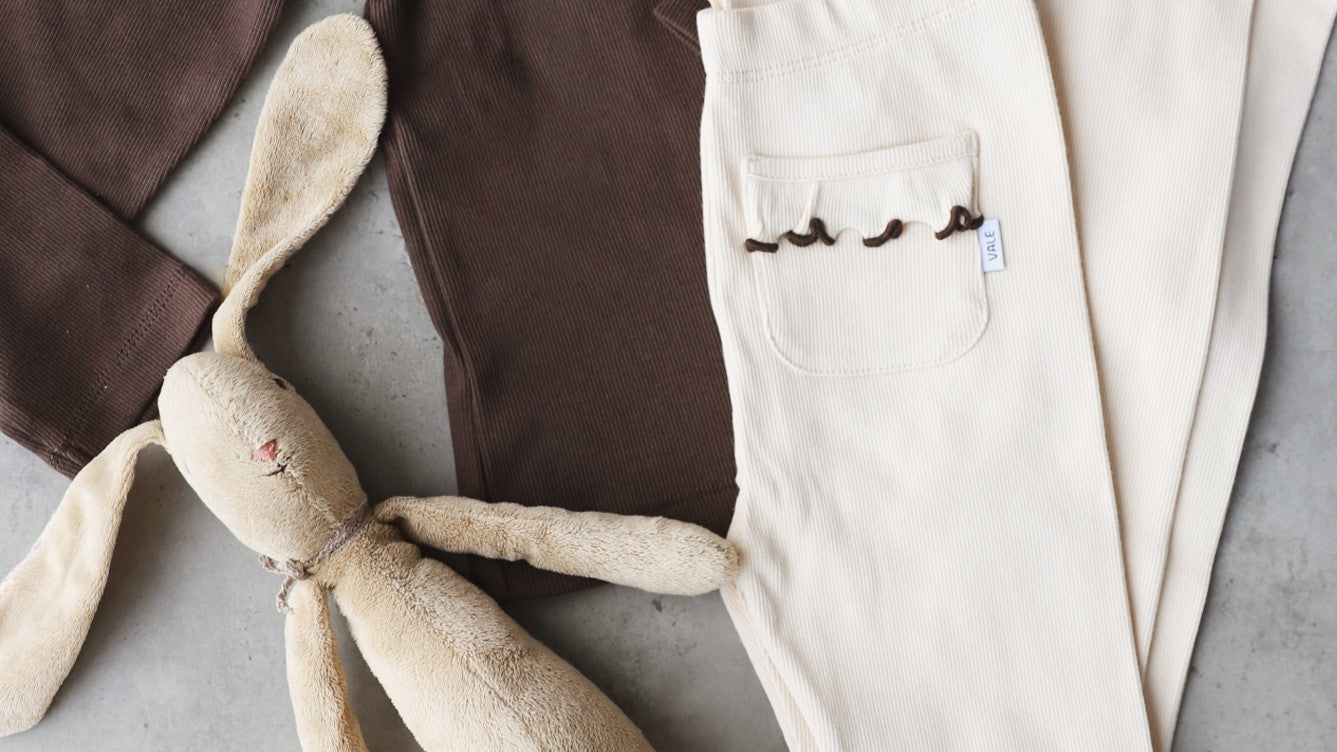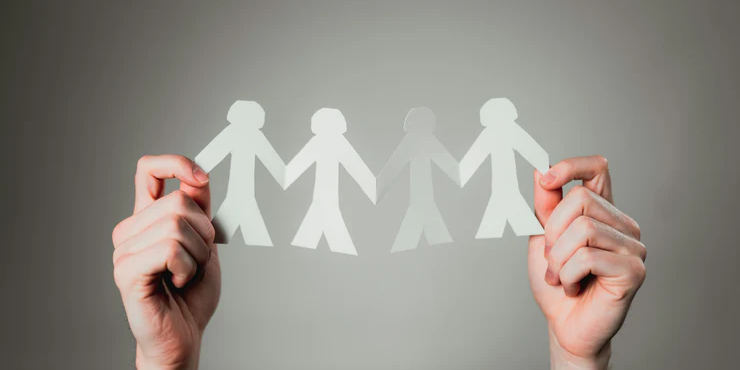The fashion industry is often thought of as exclusive and elitist and has long been dominated by stereotyped models with one type of physicality, but more and more brands are beginning to realize their role in breaking down barriers and embracing diversity.
Although in recent years there has been a growing trend of disabled models walking in runway shows and appearing in campaigns for leading fashion brands, they are still mostly used as "marketing assets" and there is still much work to be done to truly make fashion accessible for all individuals.
Fashion brands have the responsibility of changing the way society thinks about beauty and challenging outdated perceptions about disabilities - and VALE wants to play its part on this change!
Breaking Down Barriers
Inclusivity has become a buzzword in the fashion world, yet most companies still don't fully embrace it. On the other hand, by featuring disabled models on its collections and in its campaigns, VALE wants to make a statement that everyone deserves to feel beautiful and included. This not only helps to break down social stigmas surrounding disability, but it also helps to create awareness that clothing must be designed with both Style and Function in mind, thinking on the physically impaired community and for all caregivers and nursing staff that takes care of them every day.
Overcoming Hurdles
The fashion industry is becoming increasingly inclusive thanks to the work of adaptive brands and the effort of disabled models who are pushing boundaries and inspiring change from within. Their presence on runways and in campaigns sends an important message:
Everyone should feel beautiful no matter what their ability level may be!
With continued support from both disabled models and consumers alike, VALE will continue to challenge traditional standards of beauty by showing off how fashionable disability can be - and open up new opportunities for all aspiring models along the way!
We’re proud to introduce you to our wonderful little models!
Valter
Valter was born in 2016 and is the only one in Denmark with the Mabry syndrome. His illness presents many challenges such as treatment-resistant epilepsy, lack of muscle tone and frequent infectious diseases. Valter gets food and drink through his mic-key probe and uses the cross and leg splints (orthoses) when he sits up.
Emma
Emma was born in 2018 with Schinzel-Giedion syndrome, which causes epilepsy, eating problems and cognitive delay.
Magnus
Magnus was born prematurely in August 2016 - 11 weeks early. This resulted in 2 cardiac arrests, which today means that Magnus suffers from Cerebral Palsy to a severe degree (spastic paralysis), epilepsy and motor impairment. Magnus sits in a wheelchair and, despite his challenges, is an incredibly fun-loving boy who loves time with his 4 siblings.
Ziva
Ziva was born 10 weeks early and was first diagnosed with Cerebral Palsy when she was 3 years old. Unfortunately, she forgot to breathe twice in the first few days of her life, when the doctors had to come in and resuscitate her. She cannot walk without a walker and otherwise she is in a wheelchair.







